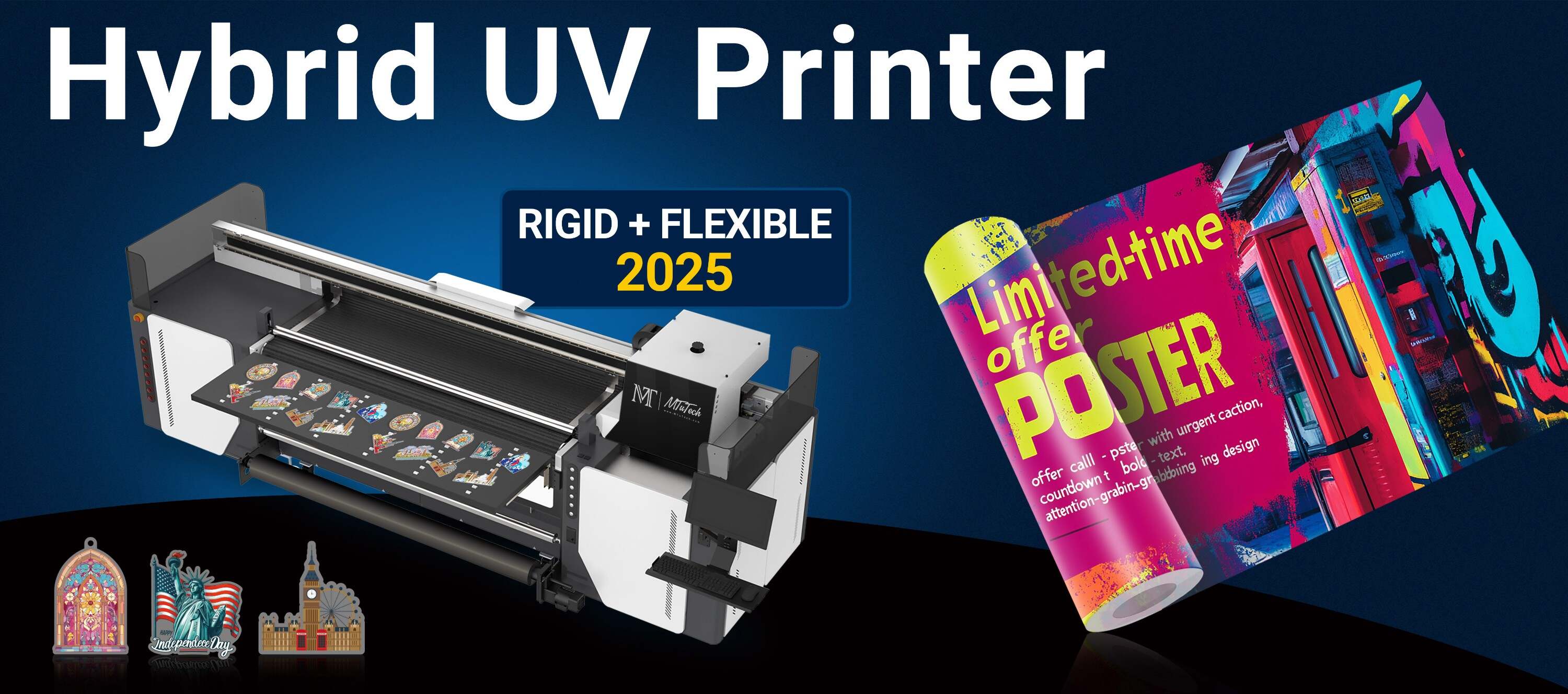 How to Choose Between Software-Based and Hardware-Based Visual Positioning
How to Choose Between Software-Based and Hardware-Based Visual Positioning
Introduction
Visual positioning systems have transformed how industries approach accuracy in measurement, navigation, and automation. Whether you are in manufacturing, logistics, or even augmented reality, choosing the right type of visual positioning can significantly affect your operational efficiency. This blog will explore the differences between software-based and hardware-based visual positioning, guiding you through the decision-making process.
Understanding Visual Positioning
Before diving into the specifics of software-based and hardware-based visual positioning, it's vital to understand what visual positioning entails. Essentially, these systems leverage visual signals—like images or videos—to pinpoint locations or track movements. Both types use sophisticated algorithms and processing techniques but differ in implementation and functionality.
Features of Software-Based Visual Positioning
Software-based visual positioning primarily relies on algorithms run on devices such as smartphones, tablets, or computers. Here are some key features:
·
Flexibility: Software solutions can be updated and modified easily, allowing you to adapt to new requirements.
·
·
Cost-Effectiveness: Often, software solutions have lower initial costs since they may not require specialized hardware.
·
·
Integration: Many software platforms easily integrate with existing systems, allowing for smoother deployment and adaptability.
·
·
Scalability: Cloud-based software can support additional functionalities and users without significant hardware investments.
·
Features of Hardware-Based Visual Positioning
Hardware-based visual positioning involves dedicated devices designed specifically for capturing and processing visual information. Here are some of its defining features:
·
Precision: Hardware solutions can achieve higher levels of accuracy due to specialized components and sensors.
·
·
Reliability: Dedicated hardware tends to be more stable in demanding environments, offering consistent performance.
·
·
Real-Time Processing: Hardware solutions often allow for quicker data processing, which can be crucial in fast-paced settings.
·
·
Security: With dedicated hardware, there may be less vulnerability to software attacks, reducing security risks.
·
Comparative Analysis: Software vs. Hardware
Cost Considerations
The initial cost can be a decisive factor when choosing between software-based and hardware-based solutions. Software systems often have lower upfront costs and can be scalable with minimal investment. In contrast, hardware solutions may demand a higher initial expenditure, including maintenance and upgrades, which should be factored in.
Accuracy and Performance
If your application requires maximum precision—like in robotics or manufacturing—hardware-based solutions typically offer superior accuracy. They are built with precision sensors and cameras optimized for specific tasks. Software solutions might not reach the same level of precision, especially in outdoor environments or complex applications.
Implementation Complexity
Implementation processes differ greatly between software and hardware solutions. Software-based systems often require less complex setup and can run on general-purpose devices. This makes them more accessible for smaller operations. On the other hand, hardware-based systems may require specific installation and calibration processes, taking more time and expertise to deploy effectively.
Scalability and Flexibility
The scalability of the solution is essential as your business evolves. Software solutions generally provide greater flexibility, allowing for easy updates and enhancements over time. Hardware systems, while often robust, might face limitations in terms of upgrading capabilities without significant investments.
Benefits of Each Approach
Benefits of Software-Based Visual Positioning
·
Lower Initial Investment: Affordable options allow even small companies to implement visual positioning technologies.
·
·
Continuous Updates: Easy software updates ensure you always use the latest technology without constant hardware changes.
·
·
Enhanced User Experience: Software design can prioritize user interface and usability, leading to more intuitive experiences.
·
Benefits of Hardware-Based Visual Positioning
·
Superior Accuracy: Ideal for high-stakes applications requiring precise measurements, such as in aerospace or surgical environments.
·
·
Dedicated Functionality: Hardware built specifically for visual positioning often outperforms general-purpose devices.
·
·
Stability in Challenging Conditions: Hardware solutions remain reliable in harsh conditions where software-only solutions might struggle.
·
Real-World Applications
Software-Based Solutions in Action
Software-based visual positioning systems are often used in mobile applications for augmented reality (AR), logistics tracking, and inventory management. They allow employees to scan barcodes or QR codes with their smartphones, providing real-time data updates. Industries using these applications benefit from reduced labor costs and increased efficiency.
Hardware-Based Solutions in Action
Industries such as manufacturing or aviation often utilize hardware-based visual positioning systems, where precision and reliability are paramount. Automated guided vehicles (AGVs) rely on dedicated visual positioning hardware to navigate complex facilities and transport goods with remarkable accuracy.
Conclusion
The choice between software-based and hardware-based visual positioning systems fundamentally hinges on your specific needs and operational context. If cost, flexibility, and ease of implementation are priorities, software-based solutions may be your best bet. However, if accuracy and reliability are paramount, hardware-based options can provide the superior performance you need. Think about your long-term goals and how each solution aligns with them before making a decision. For a detailed insight into high-quality visual positioning UV printers, explore our high-quality Visual Positioning UV printers here.
FAQ
What factors should I consider when choosing between software-based and hardware-based visual positioning?
Key factors include budget, required accuracy, implementation complexity, scalability needs, and specific application requirements. Understanding these elements can help clarify which solution better suits your operational context.
Can I upgrade my visual positioning system in the future?
The ability to upgrade depends on the type of system you choose. Software-based systems often allow for easier upgrades than hardware systems, which may require physical modifications or replacements for certain functionalities.
Are hardware-based visual positioning systems more secure than software-based ones?
In general, dedicated hardware can reduce vulnerabilities associated with software attacks, thus being considered more secure. However, it's essential to implement comprehensive security measures regardless of the type of system used.
How do real-world applications influence my choice?
Understanding the real-world applications and case studies can provide insight into how various systems perform in practical settings, helping you determine which approach might work best in your industry.
